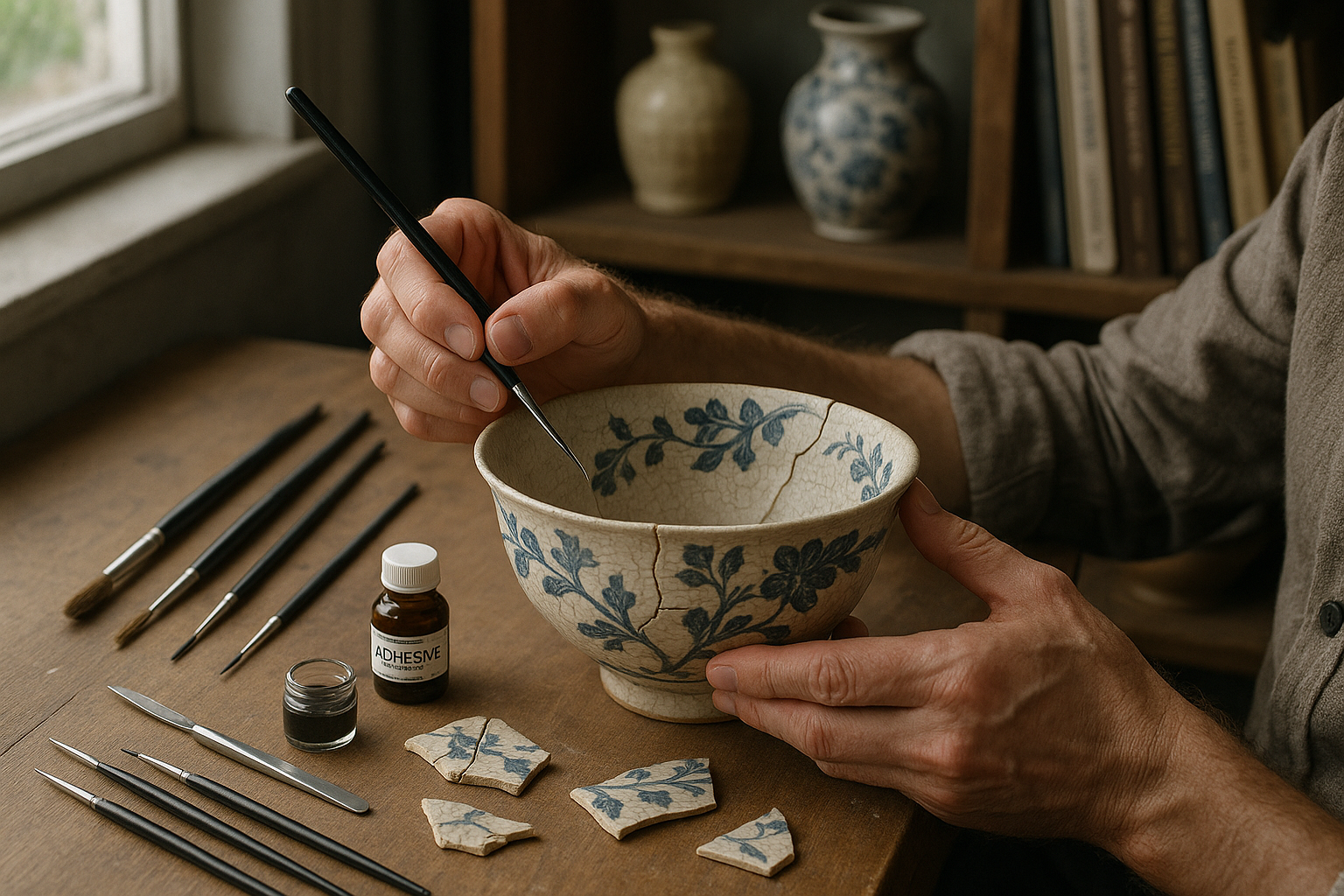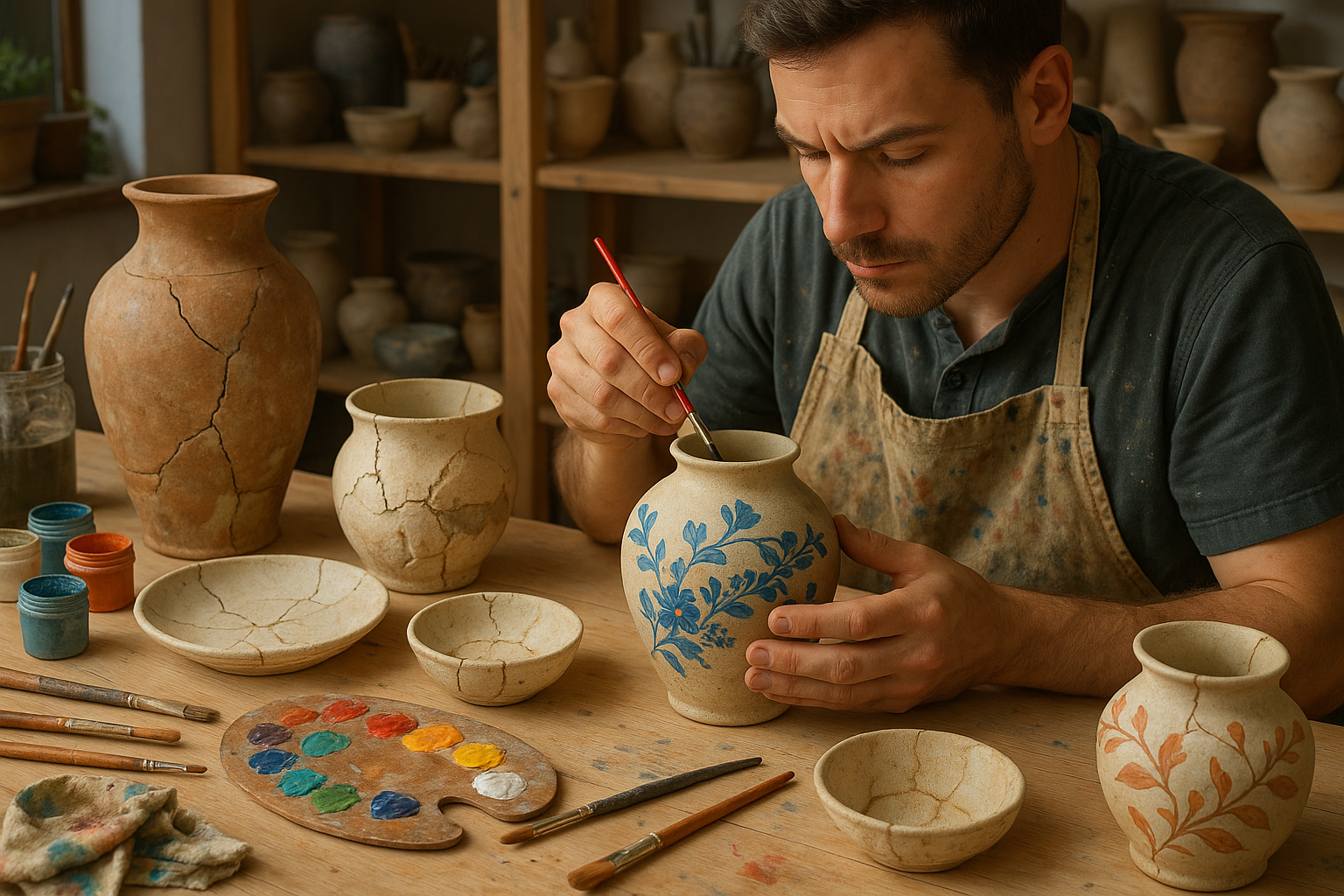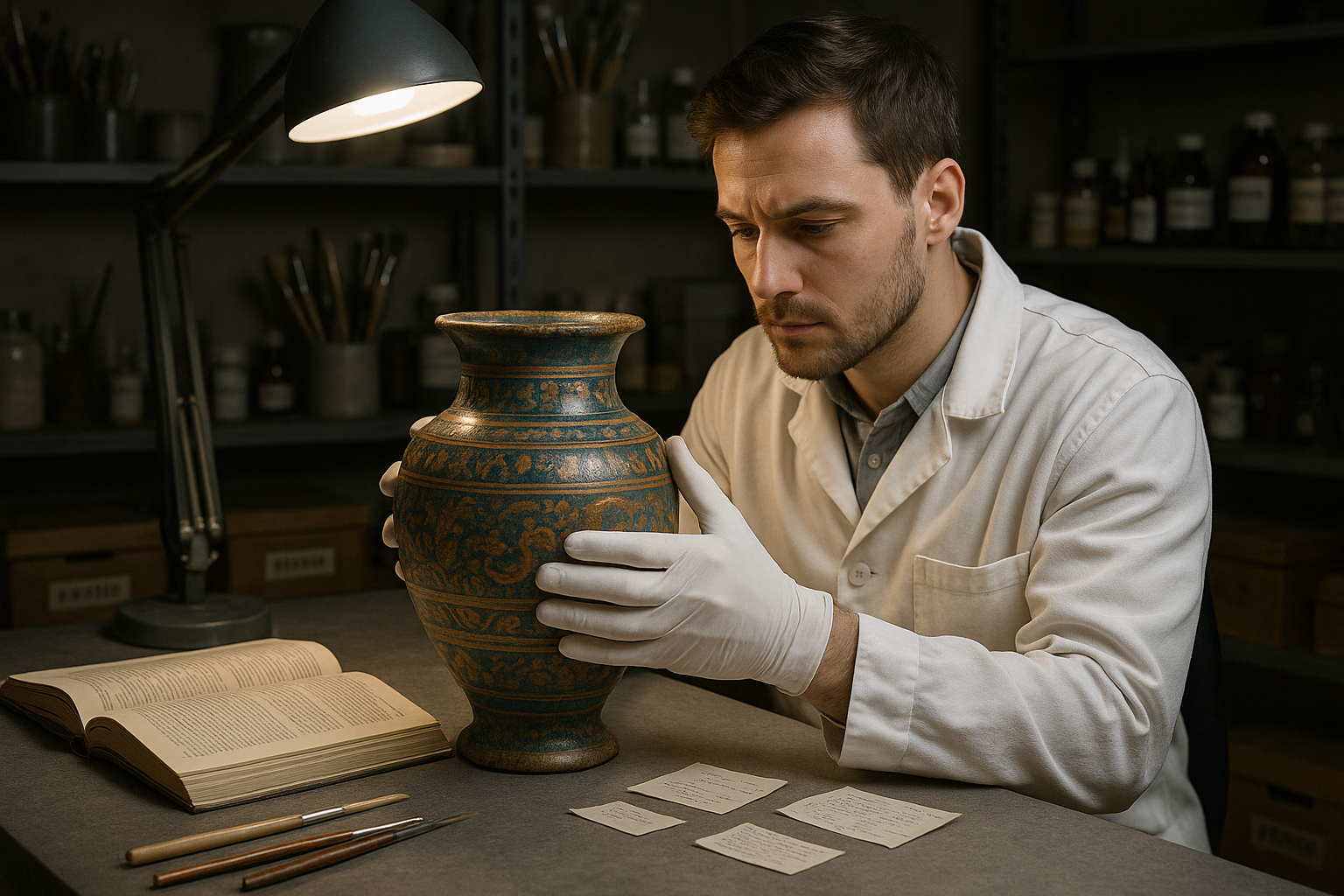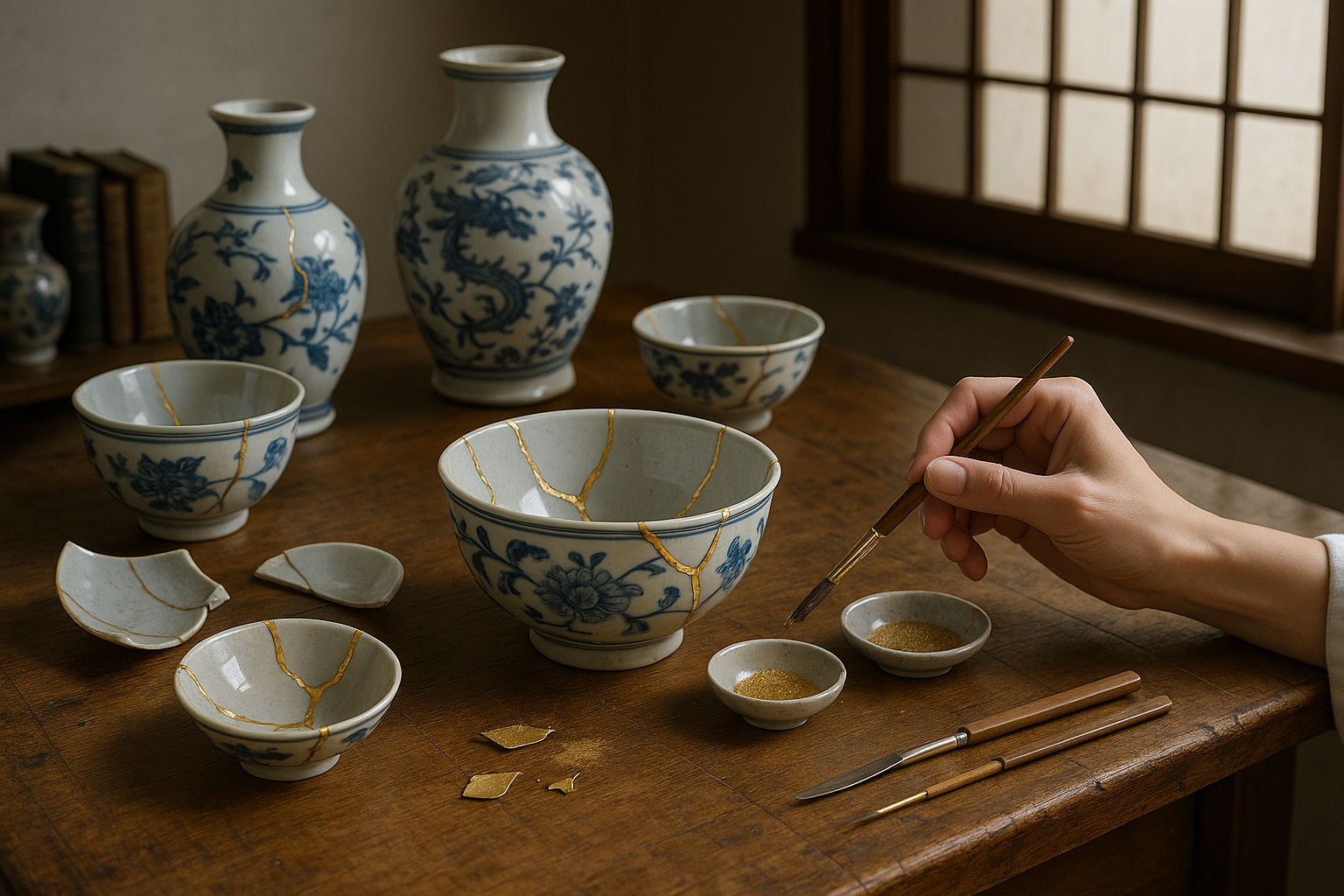In the pursuit of peak physical performance, many athletes and fitness enthusiasts focus on the obvious areas: building bulging biceps, chiseling abs, or enhancing cardiovascular endurance. Yet, there is a vital aspect of fitness that often remains underappreciated and overlooked—leg stabilization. Strong, stable legs form the very foundation of our physical activities, whether you’re an athlete sprinting down a track, a dancer gliding across a stage, or simply someone navigating the everyday challenges of life. 🦵✨
Leg stabilization isn’t just about having strong legs; it’s about achieving the balance and control needed to maximize your performance and minimize the risk of injuries. In this comprehensive guide, we will explore the transformative power of mastering leg stabilization techniques and how they can elevate your physical prowess to new heights. As you dive into this article, you will discover why this aspect of fitness is crucial, not just for athletes, but for anyone aiming to enhance their physical capabilities.
We often associate balance with complex yoga poses or tightrope walking, but in reality, balance is a fundamental skill we use every day. From walking and running to jumping and lifting, all these activities require a stable foundation. When our leg muscles and joints are well-coordinated, we can move more efficiently and effectively. This guide will illuminate the path to mastering these techniques, ensuring that you can confidently conquer any physical endeavor you pursue.
The Importance of Leg Stabilization
One of the most compelling reasons to focus on leg stabilization is injury prevention. An unstable foundation can lead to a host of problems, including sprains, strains, and even long-term joint damage. By strengthening the stabilizing muscles around your ankles, knees, and hips, you can significantly reduce the likelihood of such injuries. In this article, we’ll delve into specific exercises and strategies that target these critical areas, providing you with the tools needed to safeguard your body against harm. 🛡️
Moreover, improved leg stabilization enhances overall athletic performance. Whether you’re a professional athlete or a weekend warrior, having a solid foundation allows for more powerful and efficient movements. You’ll learn how stabilization contributes to better balance, agility, and speed, giving you a competitive edge in any sport or physical activity. This article will guide you through the process of integrating stabilization exercises into your routine, ensuring that your training is both comprehensive and effective.
Understanding the Key Muscles Involved
To master leg stabilization, it’s essential to understand the key players involved. Our legs are supported by a complex network of muscles, tendons, and ligaments. The primary muscles include the quadriceps, hamstrings, calves, and glutes, all of which play a pivotal role in maintaining balance and stability. We’ll break down each muscle group’s function and show you how targeted exercises can enhance their performance.
In addition to these larger muscle groups, smaller stabilizing muscles and tendons, such as the tibialis anterior and the peroneals, also play a crucial role. Strengthening these often-neglected muscles can lead to improved proprioception and better overall balance. Throughout this article, you’ll gain insights into how these muscles interact and how you can engage them effectively in your training regimen.
Techniques and Exercises for Mastering Leg Stabilization
With a firm understanding of the importance of leg stabilization and the muscles involved, it’s time to explore the techniques and exercises that will transform your fitness journey. From single-leg squats and lunges to balance boards and resistance bands, we’ll cover a wide range of exercises designed to challenge and improve your stability. Each exercise will be accompanied by detailed instructions and tips to ensure proper form and maximize effectiveness. 💪
Additionally, we will discuss the role of flexibility and mobility in leg stabilization. Tight muscles and limited range of motion can impede your ability to stabilize effectively. We’ll offer strategies to enhance flexibility, ensuring that your muscles can support and stabilize your movements optimally.
By the end of this article, you will have a comprehensive toolkit of exercises and techniques to strengthen your foundation, improve your balance, and boost your overall strength. Whether you’re looking to enhance your athletic performance or simply want to move with greater confidence and ease, mastering leg stabilization is a crucial step in your fitness journey. So, are you ready to take the next step and fortify your foundation? Let’s get started!
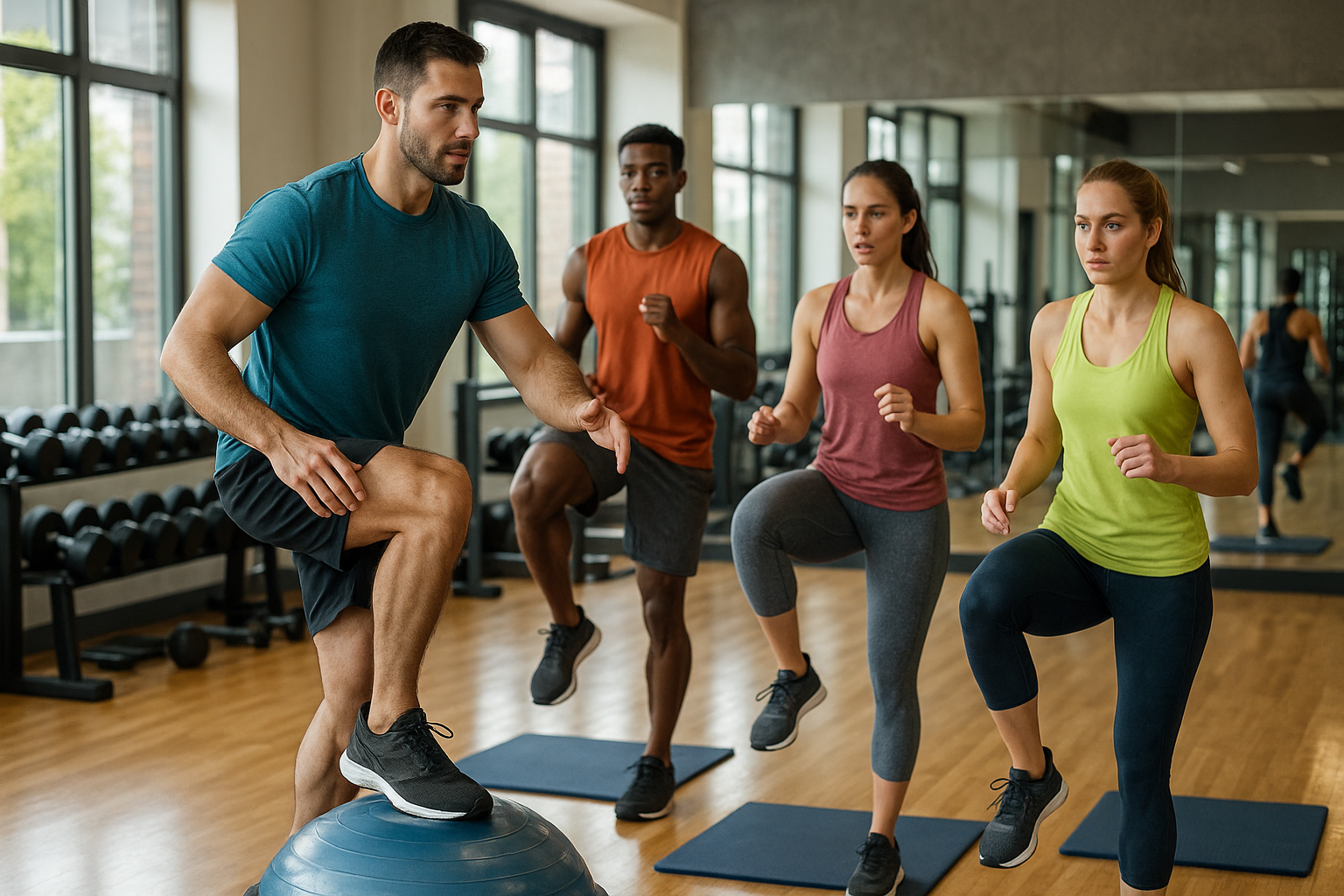
Conclusion: Strengthen Your Foundation
As we reach the conclusion of our exploration into mastering leg stabilization techniques, it’s essential to revisit the pivotal elements we’ve discussed. The journey to improving balance and strength through effective leg stabilization is not just a physical endeavor but a holistic approach to enhancing overall well-being. Let’s summarize the key insights we have gleaned and emphasize the importance of this vital topic.
Recap of Key Points
Throughout the article, we delved into several critical aspects of leg stabilization, beginning with understanding the anatomy of the lower body. We discussed how the muscles, tendons, and joints work in unison to provide stability and mobility. Recognizing the role of major muscle groups such as the quadriceps, hamstrings, glutes, and calves was essential in understanding how they contribute to leg stabilization.
Next, we examined various exercises and techniques designed to enhance leg stability. From simple balance exercises like single-leg stands to more advanced workouts such as plyometrics, each activity serves a specific purpose in fortifying the muscles and improving coordination. The inclusion of resistance training, yoga, and Pilates was highlighted as effective methods for developing core strength, which in turn supports leg stabilization.
We also explored the significance of proprioception and its impact on balance. Proprioception, the body’s ability to sense movement, action, and location, is crucial for maintaining stability. Engaging in exercises that challenge proprioceptive abilities, such as balance boards or stability balls, can significantly enhance leg stabilization.
The Importance of Leg Stabilization
The benefits of mastering leg stabilization techniques extend beyond improved balance and strength. Enhanced leg stability reduces the risk of injuries, particularly those related to falls and joint strain. For athletes, superior leg stabilization can lead to better performance and agility. For individuals of all ages, it contributes to a more active and independent lifestyle.
Moreover, leg stabilization is fundamental in maintaining proper posture and alignment, which are crucial for overall musculoskeletal health. By strengthening the foundation of our bodies, we support every movement, from the simplest daily activities to more demanding physical endeavors.
By investing time and effort into mastering these techniques, you are prioritizing long-term health and wellness. The journey to improved leg stabilization is a commitment to oneself, paving the way for a healthier and more fulfilling life.
Engagement and Application
As you reflect on the insights shared, consider how you can incorporate these techniques into your routine. Whether you’re an athlete looking to enhance performance or someone seeking to improve everyday function, leg stabilization is a universal necessity.
We encourage you to share your experiences and thoughts in the comments below. Your insights can inspire others and create a community of support and motivation. Additionally, sharing this article with friends and family can help spread the importance of leg stabilization techniques, encouraging a collective commitment to health and wellness.
If you’re eager to dive deeper, explore more resources and expert advice on leg stabilization and balance. Here are some valuable links for further reading:
- Healthline: Best Exercises for Balance
- Verywell Fit: How to Improve Balance
- ACE Fitness: The Importance of Balance Training
Inspiration for the Future
As we close this chapter on leg stabilization, remember that every step you take is a step towards a stronger, more balanced you. Embrace the journey with determination and curiosity. Whether you’re standing on one leg or conquering a challenging trail, your efforts are building a solid foundation for a vibrant future. 💪
Thank you for joining us on this exploration of leg stabilization techniques. May your path be steady, your strides confident, and your spirit unyielding. 🌟
Toni Santos is a restoration artist and historical design specialist devoted to reviving the beauty and soul of the past. Through meticulous craftsmanship and a deep respect for heritage, Toni brings antiques back to life—preserving not just objects, but the stories they carry through time. With hands trained in traditional restoration techniques and an eye for age-worn elegance, Toni restores furniture, artworks, artifacts, and heirlooms with precision and reverence. His work reflects a belief that restoration is not correction—it’s conversation between the old and the present. Blending artistry, conservation ethics, and historical research, Toni approaches every piece as a narrative in wood, metal, leather, or fabric—each with scars that speak of eras gone by. Whether repairing a hand-carved chair or reviving a forgotten painting’s vibrance, he respects the integrity of original craftsmanship while honoring its continued life. As the creative force behind Vizovex, Toni shares before-and-after showcases, restoration walkthroughs, and visual essays exploring the techniques and philosophies behind authentic antique revival. His platform celebrates: The timeless value of handcrafted work The quiet artistry of repair and preservation The cultural memory embedded in material objects The delicate balance between age and renewal For collectors, curators, artisans, and lovers of legacy, Toni’s world is an invitation to see restoration not as fixing what’s broken—but as restoring what still lives beneath the dust of time.

